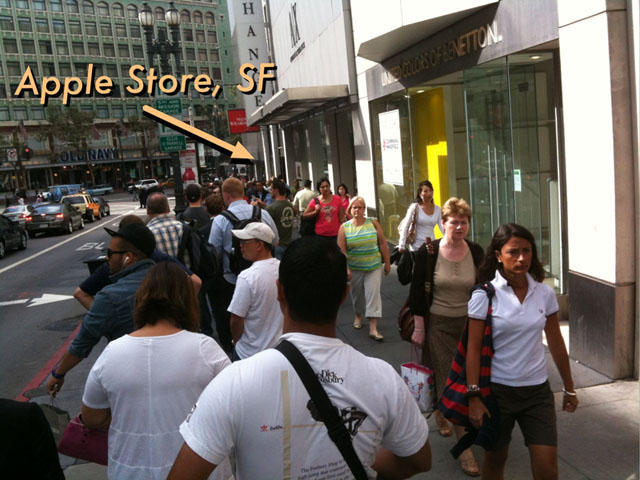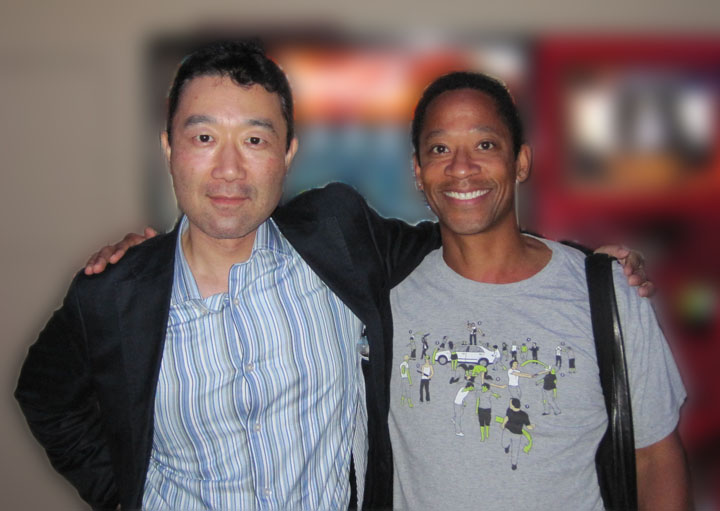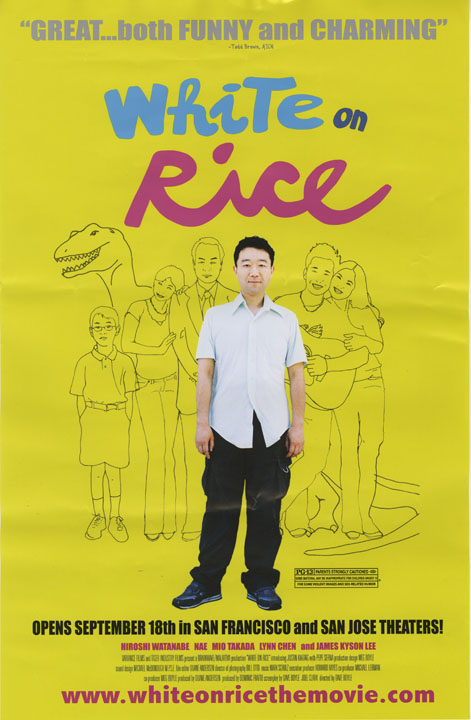Or, as Marshall McLuhan put it (and as is randomly inserted as the banner epigraph on this blog)
What we are considering here, however, are the psychic and social consequences of the designs or patterns as they amplify or accelerate existing processes. For the “message” of any medium or technology is the change of scale or pace or pattern that it introduces into human affairs. The railway did not introduce movement or transportation or wheel or road into human society, but it accelerated and enlarged the scale of previous human functions, creating totally new kinds of cities and new kinds of work and leisure. This happened whether the railway functioned in a tropical or a northern environment, and is quite independent of the freight or content of the railway medium. (8)
Which is to say the droll nostalgia (gallows humor) of Matthew Moore’s list of “things that are being killed by the Internet” obscures the ways in which the scale and nature of human / non-human interaction is altered by the advent of the global computer network known, today, as the Internet.
Discussion on MetaFilter.



